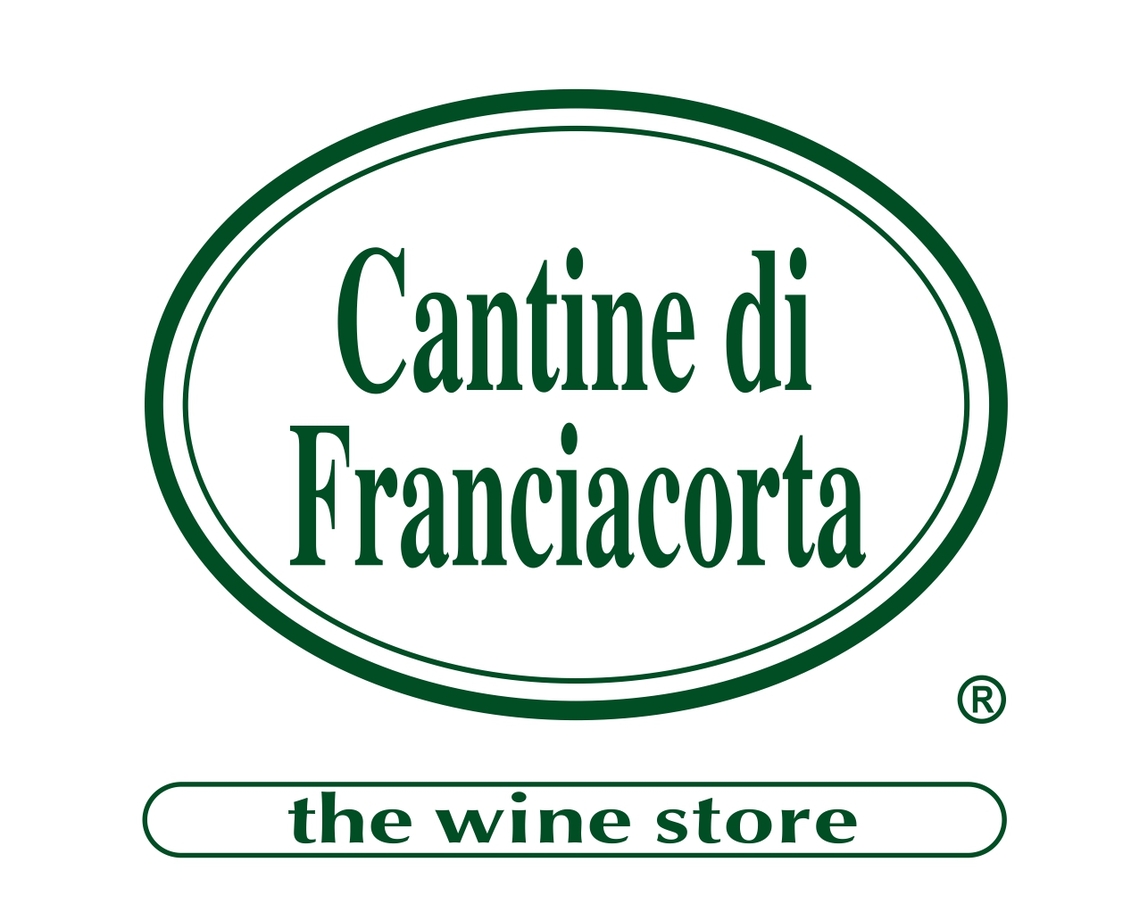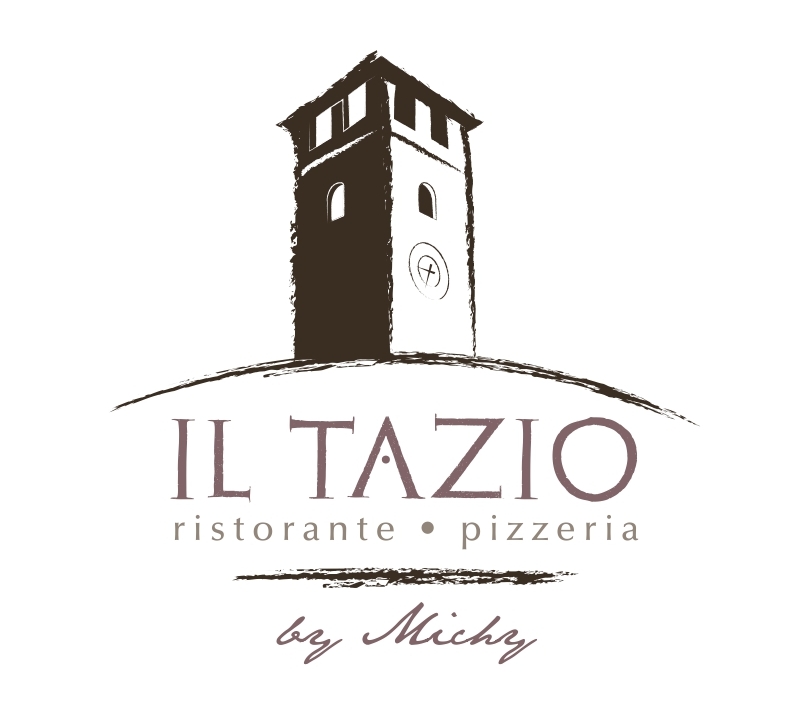Church of San Zenone in Gratacasolo
The parish church of Gratacasolo, a hamlet north of Pisogne, dedicated to San Zeno, Bishop of Verona, was built over the old church in ruins in 1625, which was partly incorporated within the new building. In the pastoral visit of Marco Morosini 1646, the sanctuary was almost finished and they were urged to complete the entire structure. The establishment of the parish in 1731 was followed by the project (1793), by the architect Gaspare Turbini which was not fully completed. There are, in fact, some discrepancies, especially in the area of the sanctuary, attributable perhaps to a change made during work in progress caused by lack of funds. Other changes occurred in the first half of the 19th Century.
The rather sober façade is articulated by four giant sized pilasters that support the gable; the portal is made of white stone, while the side portal to the south, is an 18th Century structure with greater use of marble. The nave is covered by a barrel vault resting on a beautiful cornice; pilaster strips with plaster Corinthian capitals mark the presence of two lateral altars in the sides of the nave. The high altar, unfortunately remodelled, is a prestigious work in marble of the 18th Century. In 1863, the beautiful painting by Giuliano Volpi from Lovere depicting St. Zeno frees the people from the floods was installed as an altarpiece. The work, albeit of an academic taste, is in tune with the rest of the sanctuary. There is also a late 18th Century fresco, rather deteriorated and strongly integrated, with the Glory of St. Zeno in the nave vault; the work, approaching the style of Carlo Innocenzo Carloni, was then reworked with some modifications, and reinstated in the church of Sant’Antonio Abate in Marasino in the late 19th Century. The altar on the north side features a fairly decent marble cornice which boasts a late Gothic fresco dating back to the mid-15th Century: the painting, Madonna and Child with Saints John the Baptist and Zeno, is a portion of the previous structure, spared from destruction and incorporated within the present work. In addition, perhaps to adapt an ancient devotion to the cult of Our Lady of the Rosary, fifteen ovals were positioned with the Mysteries of the Rosary oil painted on zinc plate by an unknown artist. The 18th Century wooden Crucifix is of average workmanship.
Restorations are documented between 1820 and 1851; while in 1926 the decoration works were completed by the brothers Giuseppe and Luciano Gennari.
Federico Troletti
For more information:
BERTOLINI A., PANAZZA G., Arte in Val Camonica. Monumenti e opere, vol. III, parte 2^, Brescia 1994, pp. 504-514.
TROLETTI F., La campagna decorativa ottocentesca. Un’aggiunta al catalogo del Guadagnini?, in Chiese sussidiare di Sale Marasino, a cura di Troletti F., Montichiari (Bs) 2013, pp. 95-108.














